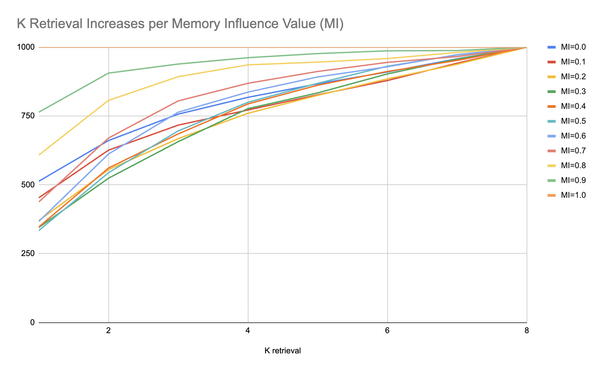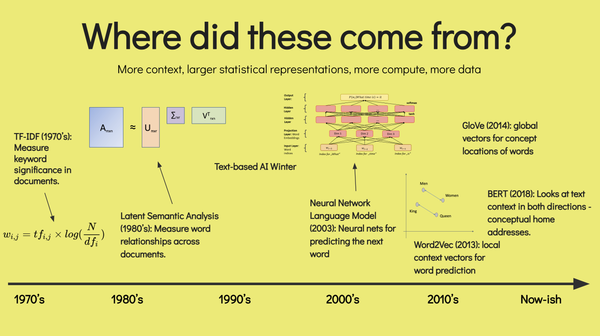Determining the Importance of Geography on Twitter

The theoretical annihilation of geography as an intrinsic consideration in the transfer of information is one of the most salient features of the modern communications landscape. That a modern information and communications technology such as the Internet has this potential capacity, though, does not necessarily mean that it is incorporated into its user’s activities – the core point of interest, then, is assessing the degree to which users transcend physical space when interacting online. While much theoretical work exists, empirical evidence typically suffers from problems of precision of geographic measurement, specifically at the individual level.
Twitter’s voluminous streaming data API allows for a large swath of tweets to be collected with ease, and has proven to be a useful data source for Internet research. By analyzing geolocated tweets, precise geographic measurements can be employed and assessed, and used to measure the salience of geography at much finer detail. This work aims to address problems of data precision in existing lit- erature discussing the salience of geography in interactions on Twitter, and claims that geolocated data allows for a different angle from which to view the question. A sample of tweets from a large corpus of raw data are employed, and a model is established which tests the degree to which geographic, semantic, and social distances impact the frequency of interactions between users. Ultimately, while geography still matters, its effect is minimal to a point where it is not substantively important when compared to semantic distance between users. The work contributes to the existing literature by adding an additional methodological path towards modeling of geographic importance, and addresses the most significant methodological concerns with online research in the process.
Read the full version of the paper below



